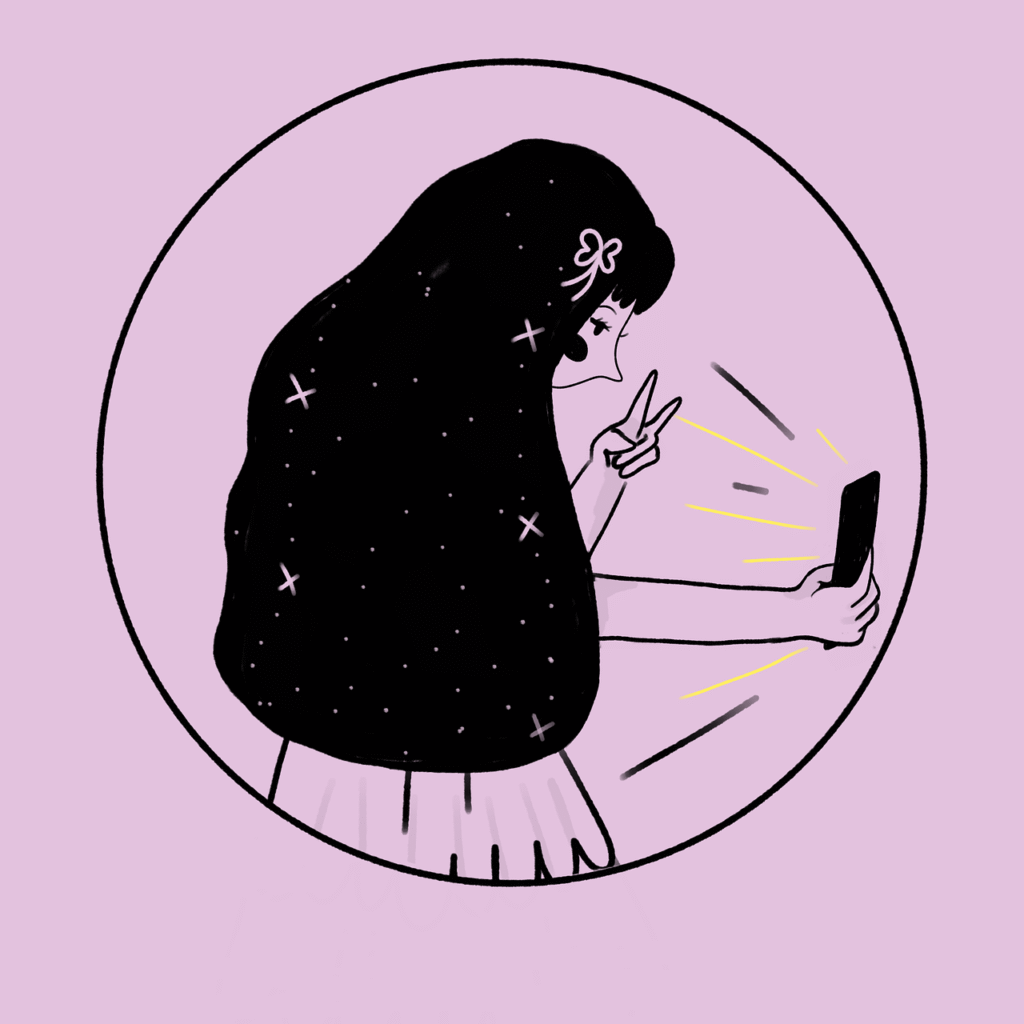Impact of Social media on mental health in teenagers

Ask the average child and younger teenagers what they want to be in the future, and career options like social media influencer, YouTuber, and the like are now a common response. It goes without saying that social media has a significant impact on the decisions teenagers now make, including life-defining ones. Today, we’ll focus on how this has impacted the mental health of the next generation, if the use of social media by teenagers is a cause for concern, and what you can do for yourself and the teenagers around you.
According to a recent survey by Pew Research, approximately 9 out of 10 teenagers in the sample use social media daily. And while the term social media can be applied loosely, it often covers platforms that allow users to create and share content, interact with people, and build communities. Popular platforms like Facebook, X (formerly Twitter), TikTok, and Instagram fall into this category. Although these platforms have age regulations before registration, they are usually easy to bypass.
The Good
The problem oftentimes is not the platform itself, because most social media platforms can be used as instruments for progressive change. In fact, in a survey of about 1,500 teenagers, carried out by Common Sense Media, half of the group stated that social media positively impacted their creativity, relationship building, and social support, even helping to cope with loneliness. 43% of the teens further stated that social media helped them deal with anxiety, depression and stress.
We have also seen cases where social media has catapulted young teenagers to fame and given them productive ventures and financial success. Although this often becomes a double-edged sword when not managed well.
Social media provides access to beneficial mental health information and can help build skills that combat several mental health concerns.
Overall, there are indeed some positive mental health benefits to be enjoyed by teenagers on social media. But this is often just half the story.
The Bad
It’s important to note that correlation doesn’t equal causation, but sometimes the threads are not thin, and they often link social media to some negative mental health implications in teenagers.
The age of social media has seen a sharp rise in cyberbullying, with over 75% of children and teenagers being bullied on YouTube and about 70% on Snapchat. Across the Internet, about 30% of teenagers have been victims of cyberbullying. According to this survey by Exploding Topics, there is a possibility that this trend continues to increase. Bullying can cause physical, emotional, and psychological damage to the victims.
Social media has heavily influenced how beauty standards are perceived and how teenagers view themselves. Teenagers still growing have gradually become victims of body dysmorphia due to social media influences. This has led many teenagers to unhealthy eating habits, depression, anxiety, and a lack of self-confidence.
Teenagers are spending more and more time on social media. It’s becoming an addiction in and of itself. Tech addiction has both mental and physical repercussions. Eye problems, back aches, vanity metrics dependency, and anxiety
And definitely The Ugly
While we’ve seen a couple of negatives that come with social media usage amongst teenagers, the intersection of these various factors leads to more dangerous waters, especially the content they consume.
This is not new, because as far back as 2022, there have been findings that showed that platforms like TikTok had their algorithm pushing dangerous content to teenagers and children on their platform.
Furthermore, a culture of indecency and money worship pervades some platforms, and those who champion this unhealthy content are getting a foothold in the impressionable minds of teenagers and children.
Suicide ideation, self-harm content, amidst other mentally negative ideas are being promoted on social media, which eventually shape the minds of these teenagers.
Comparison is the thief of joy
There is also the mental load of comparison that teenagers have to bear, coupled with sleep deprivation and other negative impacts highlighted, and we have a cacophony of mental breakdowns waiting to happen.
If there is no course correction, we’ll have a generation that is addicted to social media and can’t properly adjust to modern society because of the negative impact of social media on their fragile minds.
How Can We Keep Teenagers Safe on Social Media?
The situation may seem dire, but there is still hope. There are actions stakeholders, i.e, Parents, teenagers, schools, and even the government can take to help teenagers stay safe on social media.
Teenagers
There should be device-free periods within the day and zones within your home. Meal times, family time, an hour before you sleep, or no phones in the kitchen or dining table. This can go a long way to curb tech addiction.
Teenagers can be more deliberate about their feed and the content they consume. Identify accounts or pages that drive negativity and avoid them. There is a reason most social media platforms have a block button.
Take a few seconds or minutes to pause and reflect before carrying out actions on social media. This can help you be more conscious of what you post and how you react.
Parents
Lead by example. Some parents are bad examples to their teens when it comes to device discipline. Often, the apple does fall too far from the tree.
Be a safe space. When teens know they can talk with their parents without judgment, they’ll easily confide in them when they face challenges online.
Create family media agreements that everyone obeys, including the rule makers.
Learn about the telltale signs of some of these mental issues so you can spot them early and help your teens on time.
Teachers.
Teachers can teach online safety protocols in schools, keep their eyes open for signs of bullying, and create spaces where teenagers can open up about issues they face online.
Long-term solutions
Long-term solutions will involve promoting policies that prioritize mental health education for teenagers and young adults and address the relationship between social media and mental health challenges.
Major societal stakeholders can push for updated mental health and digital literacy curricula for schools and institutions.
Efforts should be directed at training competent personnel to understand and identify the psychological mechanisms behind social media platforms.
These platforms should also be used to spread awareness and promote healthier alternatives to what is trendy.
Featured Image by blauthbianca from Pixabay

Jesupelumi Akintade
Is a skilled SEO content writer and lawyer with a talent for crafting engaging, authoritative content for SaaS brands and small businesses. Beyond advocating for his clients' rights and developing content strategies, he enjoys anime, fiction, poetry, and exploring church history. Passionate about enhancing the well-being of those around him, A. J. Victor is particularly interested in mental health and its impact on quality of life.
Resourceful and well detailed